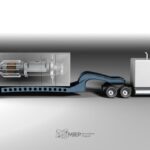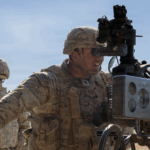
The Army has resigned itself to fighting with the weapons, vehicles and gear it has on hand for at least the next 10 years when it plans to begin replacing that equipment.Not until 2025 or so will the Army have the budgets necessary to trade in its baseline systems – the UH-60 Black Hawk, AH-64 Apache, Bradley Fighting Vehicle, M1 Abrams main battle tank and Stryker wheeled vehicle – for new platforms, according to Chief of Staff Gen. Mark Milley.In…

 By
By 











